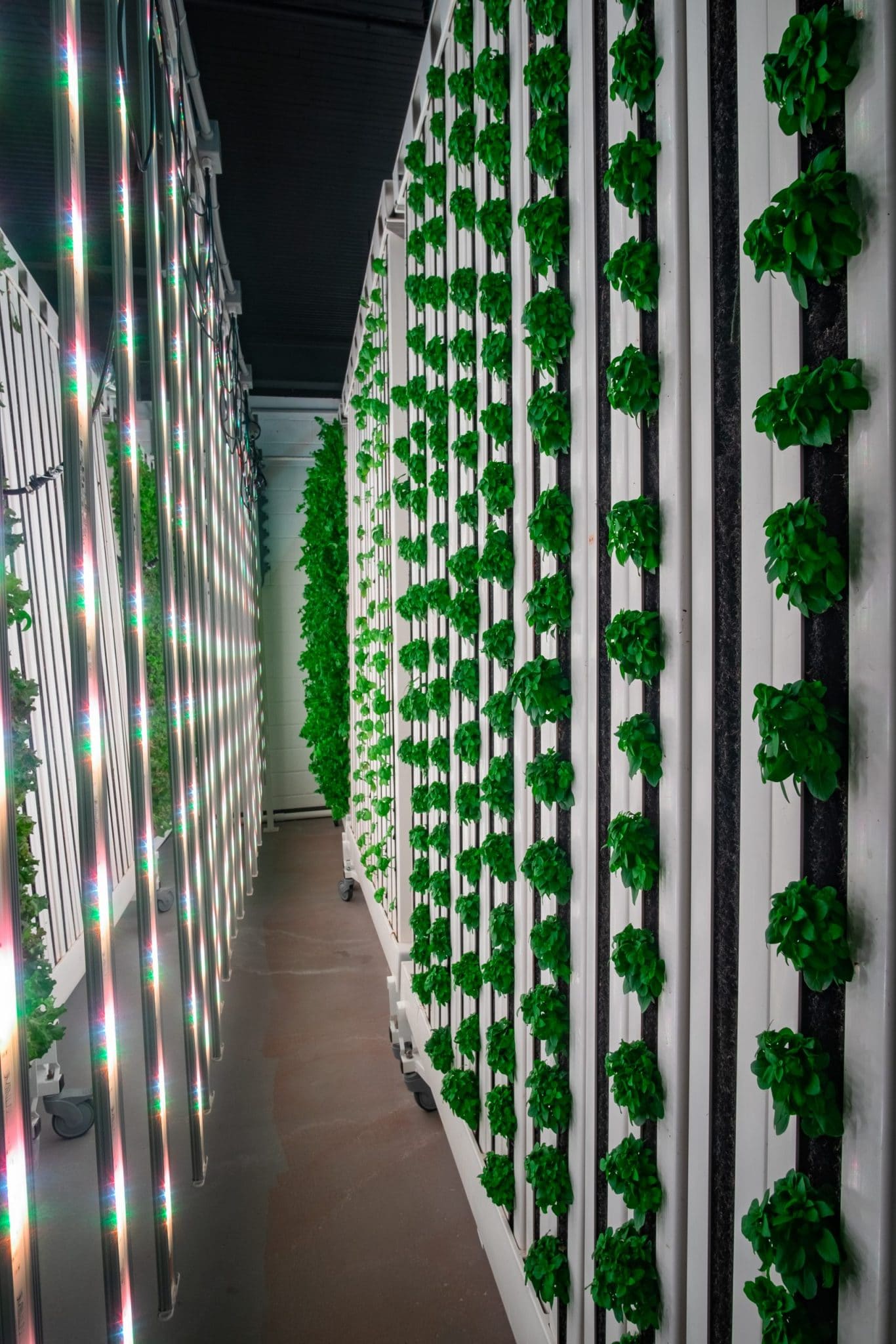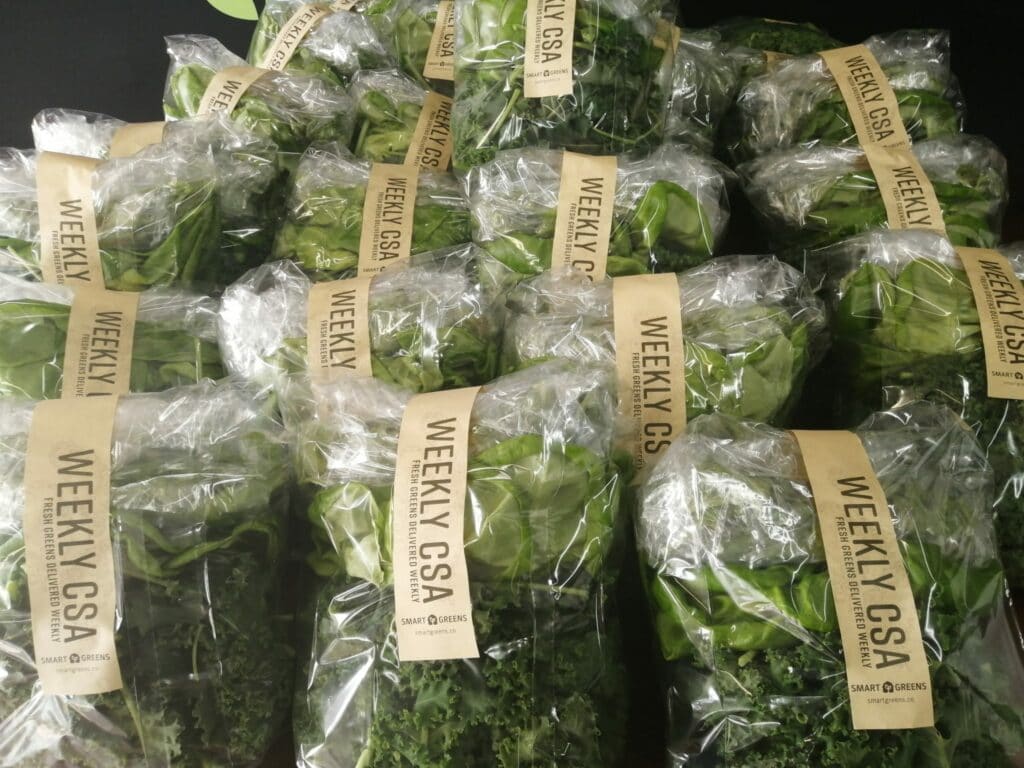The Importance of Projecting Farm Revenue
Now that you have solid goals for your farm (i.e. you want to grow your own food and share it with your community), you’re ready to get these financials nailed down.
Keep up that attitude and sit up for the next part of your financial planning: projecting revenue.
The importance of this step cannot be overstated.
These two financials blog posts on projecting revenue and estimating costs serve as that “look” before the “leap;” they will show you whether the jump you’re about to make is dangerous, safe, or a gamble.
Remember: building your farming business takes capital, and ultimately, accomplishing your goals will too.
In order to launch a successful farm, you’re going to need to make most of that money yourself. Will your farm be able to do that?
As you project your revenue there are three questions you need to ask yourself:
- What crops will you sell to whom?
- What prices are you getting for your produce?
- How long is your average production cycle?
Then you can use that information to calculate future revenue.

What crops will you sell to whom?
If you’re totally lost on this question, don’t worry. Markets and demand are big deciders in the crops you will grow, and that information is easy to observe.
Conduct some basic research on local demand of different crops.
Maybe it turns out that basil is a crop that chefs have a hard time securing consistently. That’s a great opportunity for you to sell, since you can deliver fresh basil year-round.

Now that you’re thinking of which crops are appropriate to the markets and local demand, you can intensify your focus by thinking about who your customer group will be for this crop. This guide on Upstart University will help you understand your markets and find your customers.
Would you like to sell mint to bars? Basil to grocery stores? A variety of greens and herbs directly to a customer through a CSA?
All of these options have their pros and cons.
What prices are you getting for your produce?
Once you can identify some specific crops within your market, start paying attention to what price these crops are selling at. This might require you to get out of your comfort zone and start talking to chefs, restaurant managers, produce managers, and other potential customers!
Before writing your business plan, pulling money out of savings, or even trying to get an investor for your farm, you must conduct market research.
Learn how in this course from Upstart University.
The most common pricing method is to price by weight (ounce or pound). You may have the opportunity to sell produce by the container as well. The important thing is to estimate the money you can make per tower.
Once you have that information, you can estimate cycle length.
How long is your average production cycle?
In other words, how long between harvests?
Most greens are harvested every 5 or 6 weeks. Other crops may be harvested multiple times and yield over time.
In a greenhouse, production may be affected by seasonal lighting and temperature changes, as well as by the type and amount of supplemental lighting. Consider how your production might vary seasonally, and estimate an average cycle time.
In a ZipFarm™, our lighting schedule is consistent. However, seasonal heat and humidity can play Havoc on HVAC SYSTEMS. Proper room design and airflow is important.
On average, we use a 4 week production cycle time. If you are in an area of the world with more seasonal light variation (The further away from the equator, the more seasonal variation you will see) you are looking at a 5-6 week cycle time in the winter. If you are using supplemental lighting, or are in an equatorial part of the world you can estimate a 3-4 week production cycle time.

The production cycle time doesn’t factor in the time it takes for your seeds to germinate and grow to a transplant-able size. Make the most of your space by growing your seedlings in your trays 2-3 weeks before transplanting them.
For more information about Production Cycles of different plants, check out our best crops for hydroponics here.
Combine the answers to estimate revenue
So how do all of these factor work together?
Let’s say you want to sell mint to bars and you have an average of 6.5 weeks of production time.
If you have 100 ZipGrow™ Towers, you can sell your mint at $1.50/oz, and have a harvest of 1,107.7 oz/week you can project total revenue of $86,400 anually.
1,107.7 oz/week * $1.50 * 52 weeks = $86,400
It’s easy to get excited about the potential revenue but make sure you account for all your expenses.
Stay posted for a post on calculating expenses!
We are here for you
Work through these tools to help you create a full financial feasibility statement specific to your farm. If you get stuck, give our team a call and we can talk you through.
Note: while these calculators will give you an accurate estimate it is important to remember it is still an estimate. When you are ready to move ahead with your ZipFarm™, or if you have any questions, contact the ZipGrow Team at [email protected] or at 1-855-ZIPGROW.






